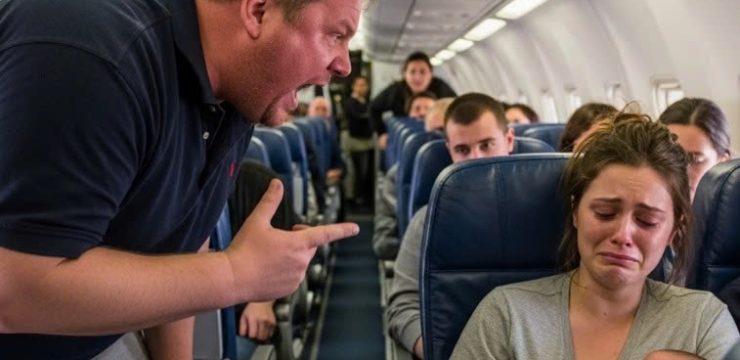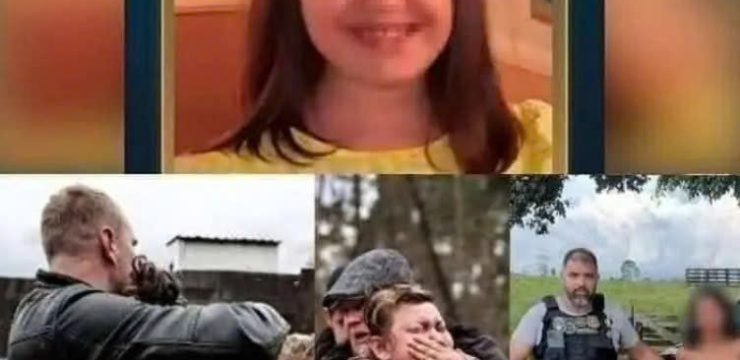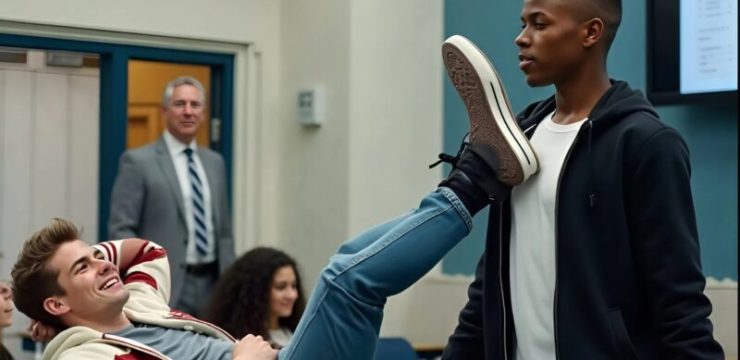What kind of justice system sentences a child to death? It’s a question that pierces the conscience of any society claiming to uphold fairness and humanity. Across history, in some of its darkest and most unforgiving moments, children—some barely in their teens, others still clinging to innocence—were condemned by courts that saw not youth, but guilt. These children, far from hardened criminals, were often frightened, confused, and defenseless, caught in systems that valued punishment over understanding. Their stories are both heartbreaking and deeply unsettling reminders of what happens when justice loses its humanity.

Imagine a child standing before a judge, barely tall enough to see over the witness stand. Their hands tremble as charges they can’t fully comprehend are read aloud. Instead of being met with compassion or guidance, they face a cold sentence: death. While other kids their age were learning to write their names or playing in the fields, these children were counting down their final days behind bars. This grim reality exposes a side of history that is rarely discussed, one where the most vulnerable paid the ultimate price for a system’s failure to see their humanity.
Throughout different parts of the world, from centuries past to more recent decades, there have been shocking examples of children being executed under state authority. In some cases, their “crimes” were acts of desperation, committed in environments marked by poverty, abuse, or neglect. Others were accused on flimsy evidence, railroaded by hasty investigations and trials that ignored the basic principles of fairness. Many of these young defendants didn’t even have legal representation. They were interrogated for hours, coerced into confessions they didn’t understand, and handed death sentences without anyone truly speaking on their behalf.
One of the most infamous cases that illustrates this injustice is that of George Stinney Jr., a 14-year-old African American boy from South Carolina. In 1944, George was accused of killing two white girls in a racially charged environment. His trial lasted barely two hours, his defense lawyer did little to advocate for him, and the all-white jury took just ten minutes to reach a verdict. Despite his youth and the lack of evidence, George was executed in the electric chair—becoming the youngest person executed in the United States in the 20th century. It took more than 70 years before his conviction was officially overturned, acknowledging that the trial had been a tragic miscarriage of justice.
Cases like George’s were not isolated. Across history, similar stories can be found—children as young as ten or twelve condemned for theft, rebellion, or alleged violent acts. In medieval Europe, children could face execution for petty crimes. During colonial times, even minor offenses sometimes led to death sentences. The rationale behind such cruelty often came from a belief that “justice must be served” without exception, or that fear of punishment would deter others from crime. But this logic ignored a fundamental truth: children are not adults. Their minds are still developing, their actions shaped by environment, fear, or survival instincts. To judge them by adult standards is to ignore both science and morality.
Modern psychology and neuroscience now make it clear that children’s brains—particularly the parts responsible for judgment, impulse control, and understanding consequences—are not fully developed. Yet, for centuries, that science was unknown or dismissed. The result was devastating: countless young lives lost not only to the crimes they were accused of but to a legal system that refused to see them as redeemable human beings. Even in more recent decades, children have faced death row in countries where juvenile justice laws remain outdated or inconsistently enforced.
The emotional toll of these cases extends beyond the children themselves. Families are left shattered, haunted by the thought of what could have been. Many parents of executed minors never recover from the trauma, carrying lifelong guilt and grief. Communities, too, are scarred—forced to reckon with the knowledge that a child among them was condemned and killed by law. Each of these stories serves as a mirror, reflecting not the guilt of the child, but the failure of the system.
It is important to acknowledge that global progress has been made. International laws, such as the Convention on the Rights of the Child, explicitly prohibit the execution of minors. Many nations have since abolished the death penalty for those under 18, recognizing that rehabilitation—not retribution—should be the guiding principle of juvenile justice. Yet, despite these advancements, isolated cases still emerge, often in regions where political instability or weak legal oversight allows injustice to persist.
The stories of these young defendants remind us that justice must be both fair and compassionate. It’s not enough to enforce laws; societies must also understand the context behind a child’s actions. Poverty, abuse, mental illness, and lack of education often play major roles in shaping behavior. A humane justice system must consider these factors, offering care, guidance, and opportunity for reform rather than condemnation. After all, what does it say about a society if its response to a child’s mistake is death rather than understanding?
The haunting legacy of child executions compels us to reflect on the deeper meaning of justice. Is it merely punishment for wrongdoing, or is it the pursuit of fairness, empathy, and redemption? For too long, in too many places, justice failed to protect the most innocent—turning children into symbols of societal failure. Their stories must not be forgotten, because remembering them is the only way to ensure such tragedies are never repeated.
Today, the fight continues—not just against the death penalty for minors, but for a broader reimagining of how the world treats young offenders. Advocacy groups, human rights organizations, and legal reformers work tirelessly to expose cases of injustice and push for systems that value rehabilitation over vengeance. These efforts are not simply about legal reform—they’re about restoring humanity to the concept of justice itself.
In the end, the youngest victims of execution remind us of one essential truth: justice should never come at the cost of compassion. These children were not monsters—they were products of broken systems, poverty, and fear. Their lives, though cut short, continue to speak to us through history, urging societies to do better, to see beyond punishment, and to believe in the power of redemption.
Because no child should ever face death at the hands of the law.





